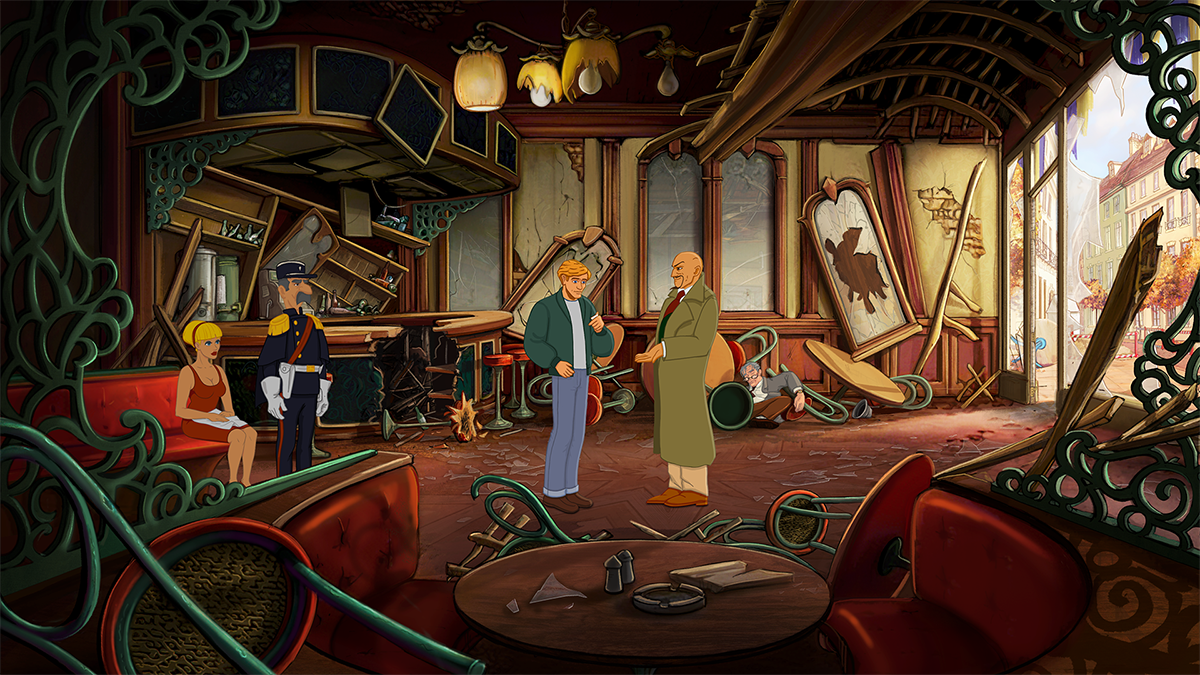AI is revolutionizing the art world by providing innovative tools that enhance design, aesthetics, and exploration.
Jose Luis Perez Hermo has been experimenting with various AI tools, such as Pencil 2 Pixels and ControlNet, to visualize diverse architectural sketches accurately and efficiently in his design process. AI software offers a wide range of solutions and a level of realism that is challenging to achieve with traditional software, making it a valuable tool in the early stages of a project.
The use of copyrighted material to train generative AI tools is leading to a clash between content creators and AI companies, with lawsuits being filed over alleged copyright infringement and violations of fair use. The outcome of these legal battles could have significant implications for innovation and society as a whole.
AI technology, specifically generative AI, is being embraced by the creative side of film and TV production to augment the work of artists and improve the creative process, rather than replacing them. Examples include the use of procedural generation and style transfer in animation techniques and the acceleration of dialogue and collaboration between artists and directors. However, concerns remain about the potential for AI to replace artists and the need for informed decision-making to ensure that AI is used responsibly.
Generative AI tools are revolutionizing the creator economy by speeding up work, automating routine tasks, enabling efficient research, facilitating language translation, and teaching creators new skills.
Artists Kelly McKernan, Karla Ortiz, and Sarah Andersen are suing AI tools makers, including Stability AI, Midjourney, and DeviantArt, for copyright infringement by using their artwork to generate new images without their consent, highlighting the threat to artists' livelihoods posed by artificial intelligence.
Generative AI is set to revolutionize game development, allowing developers like King to create more levels and content for games like Candy Crush, freeing up artists and designers to focus on their creative skills.
Two different AI models, developed by the University of Bradford and Art Recognition, have produced conflicting opinions on whether a work known as the de Brécy Tondo is by the hand of Raphael, highlighting the challenges faced by AI in art authentication. While AI is seen as a valuable tool, experts believe that human judgement will always play a crucial role in the authentication of artworks. Additionally, the rise of AI-generated images raises concerns about the effectiveness of AI in identifying forgeries and assisting law enforcement.
AI has produced computer-generated renderings of Iron Maiden album art and their iconic mascot Eddie, creating twisted and terrifying masterpieces that question the nature of technology and its place in our world.
